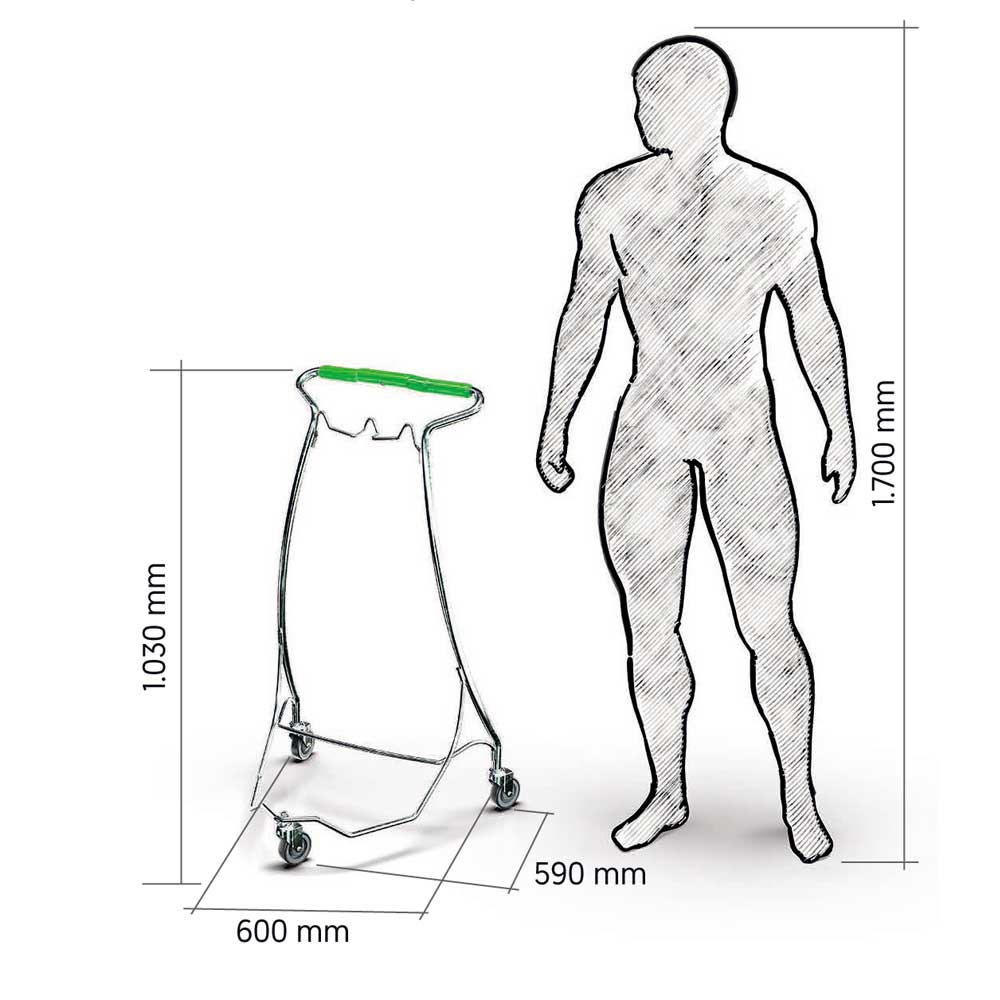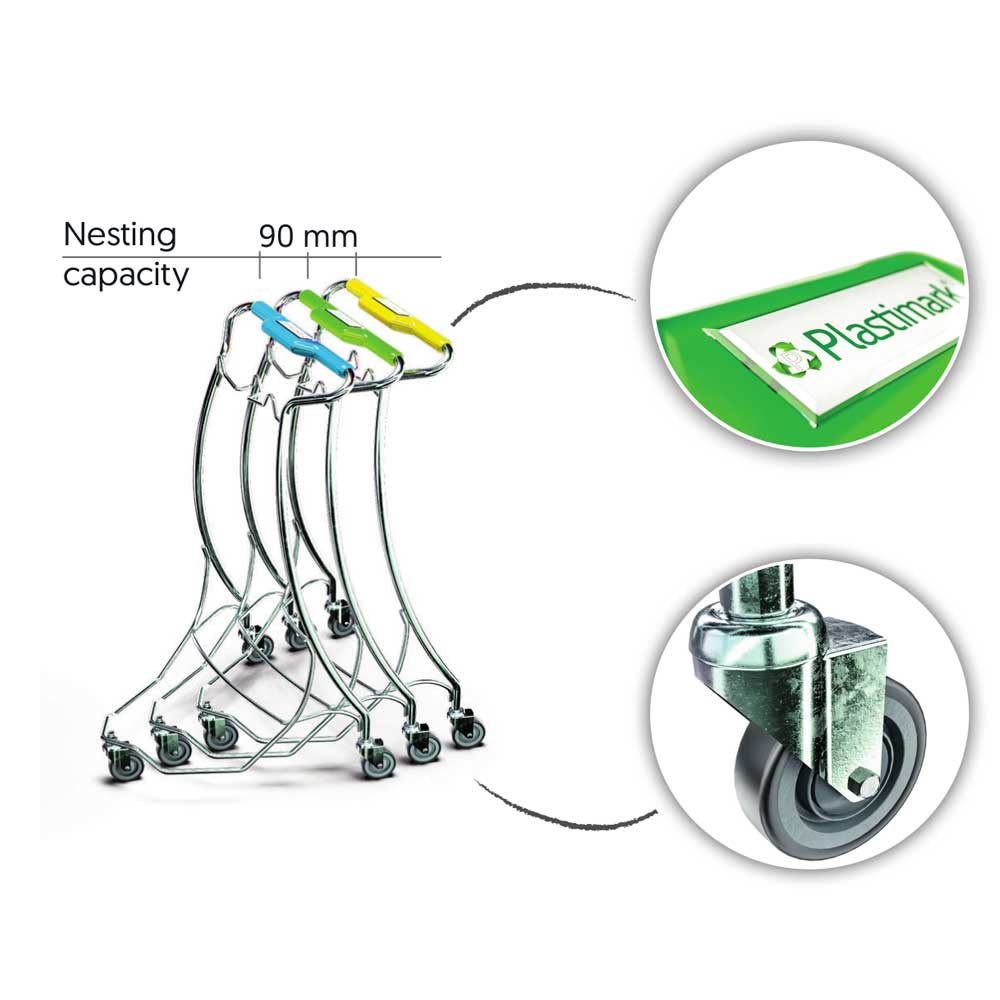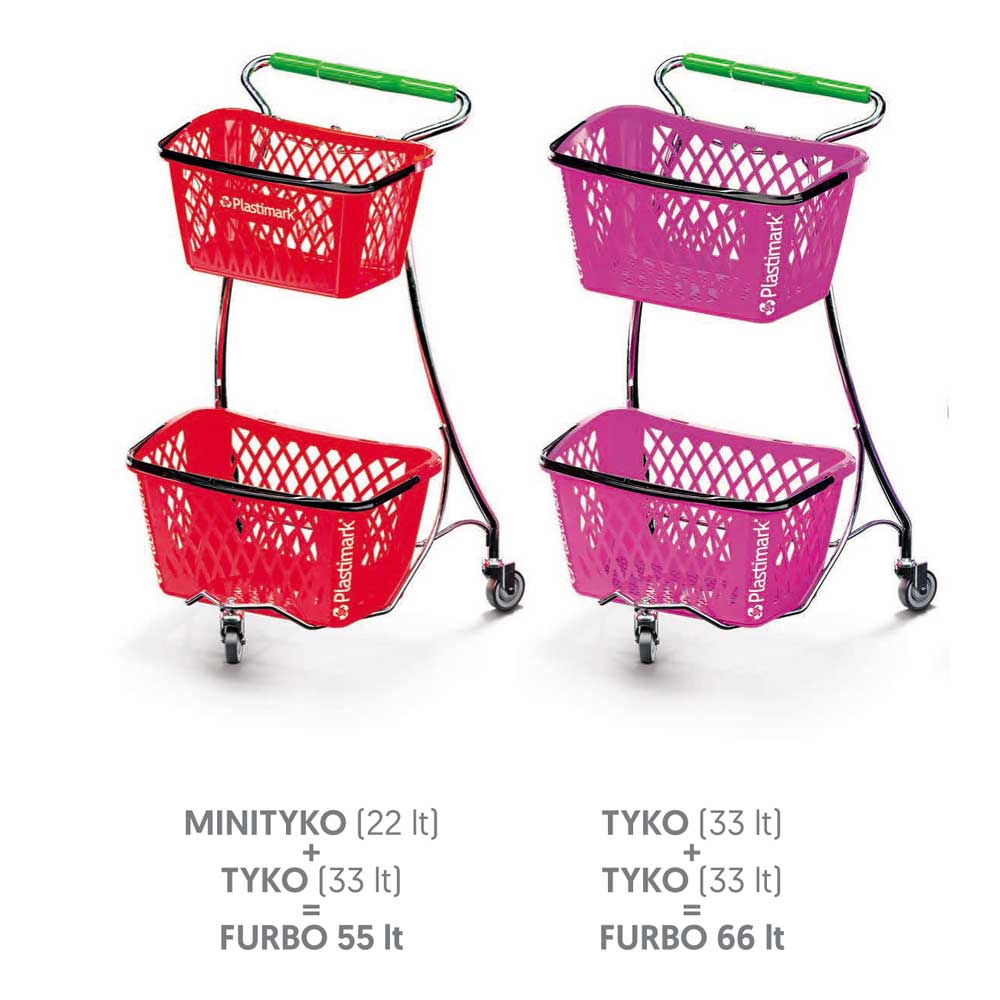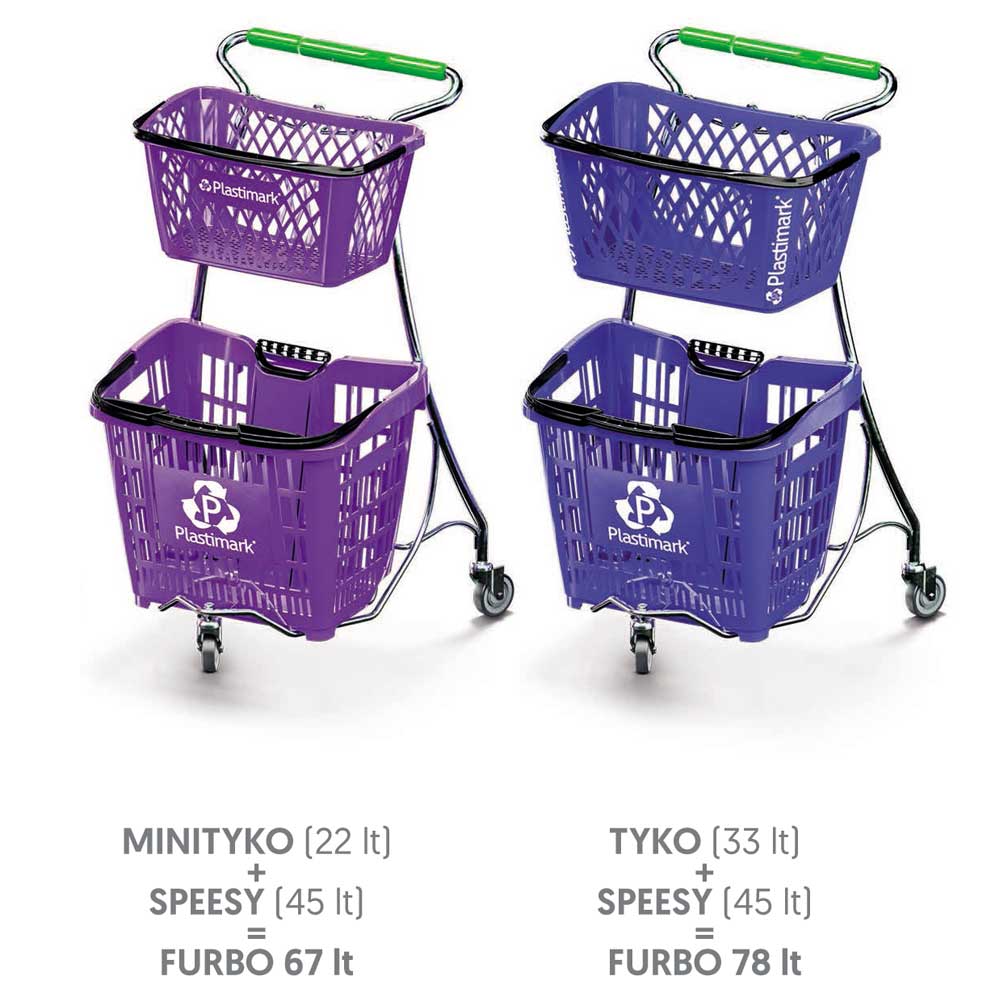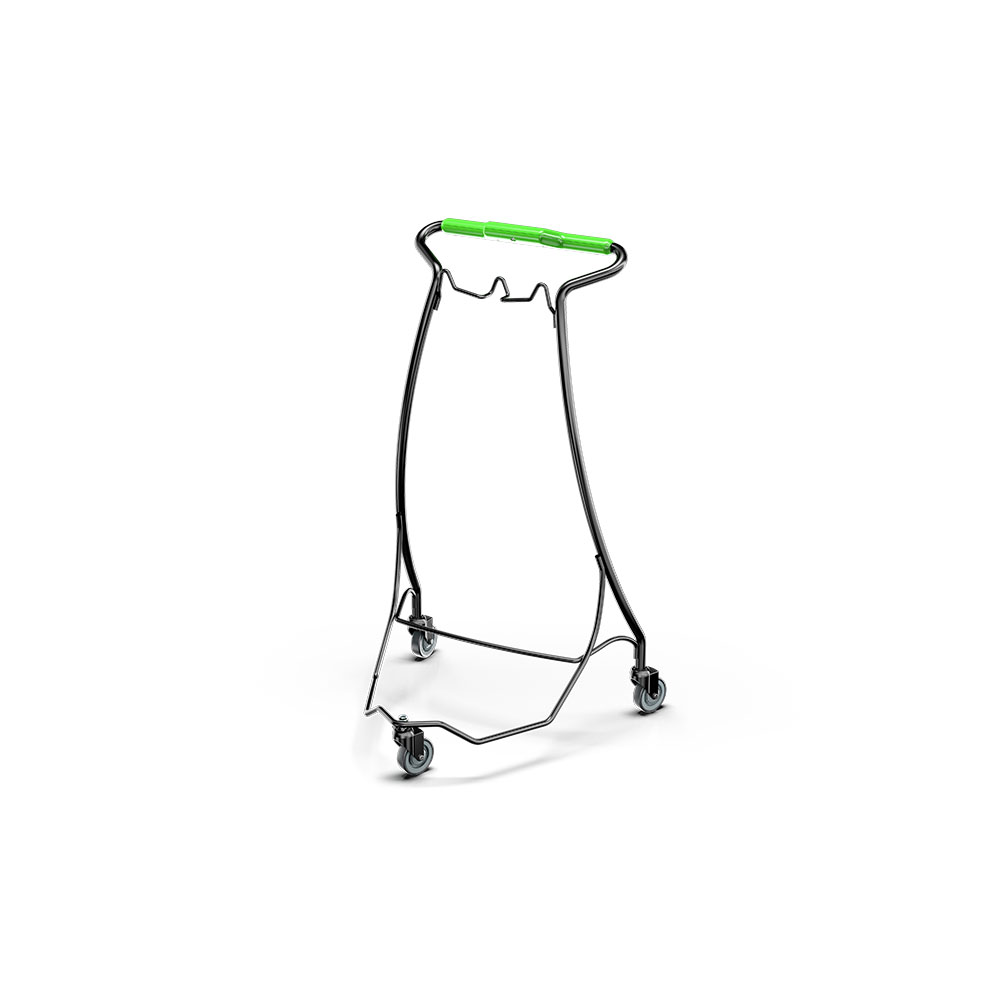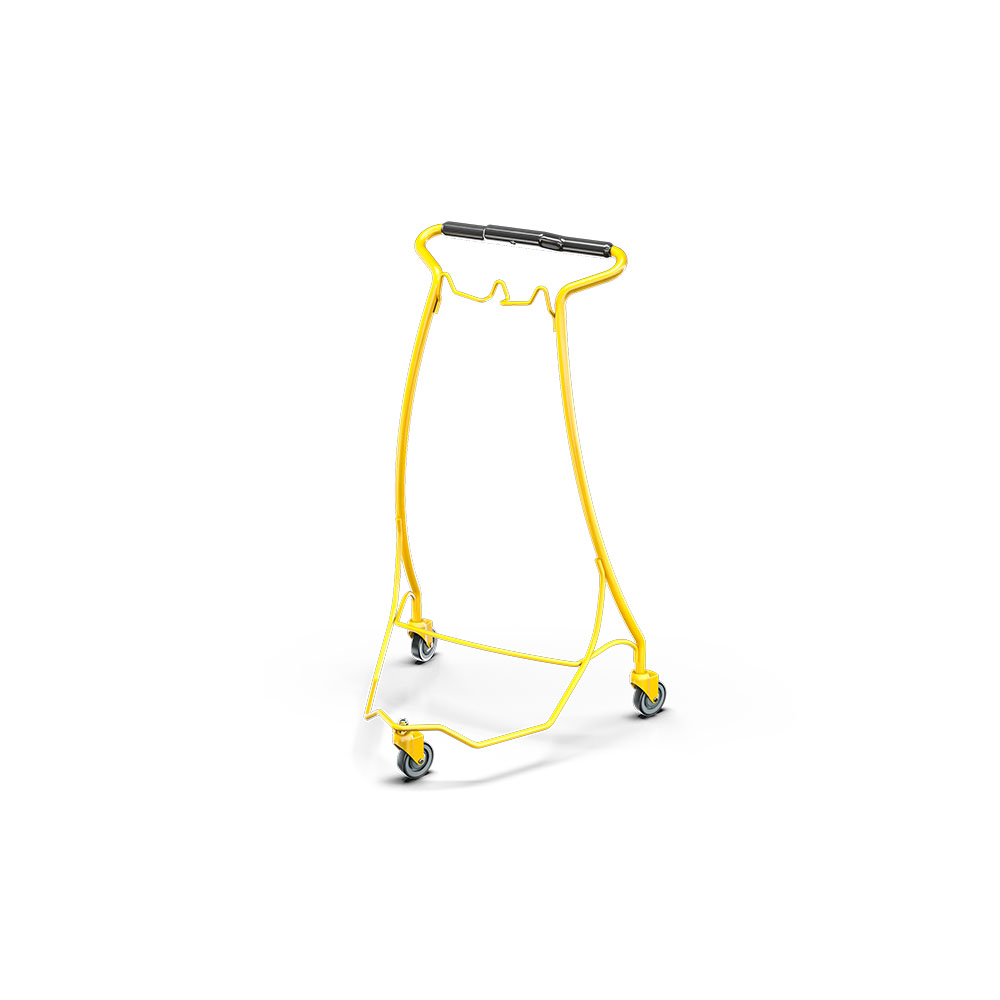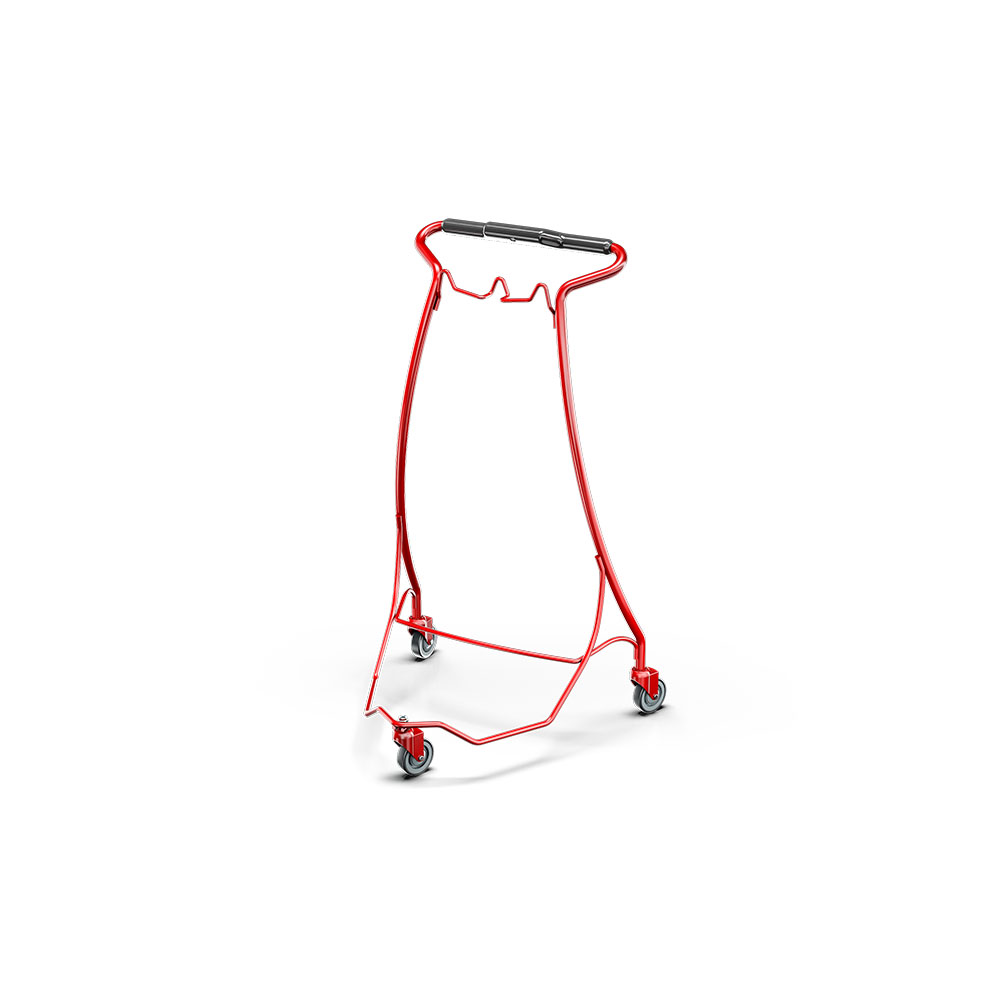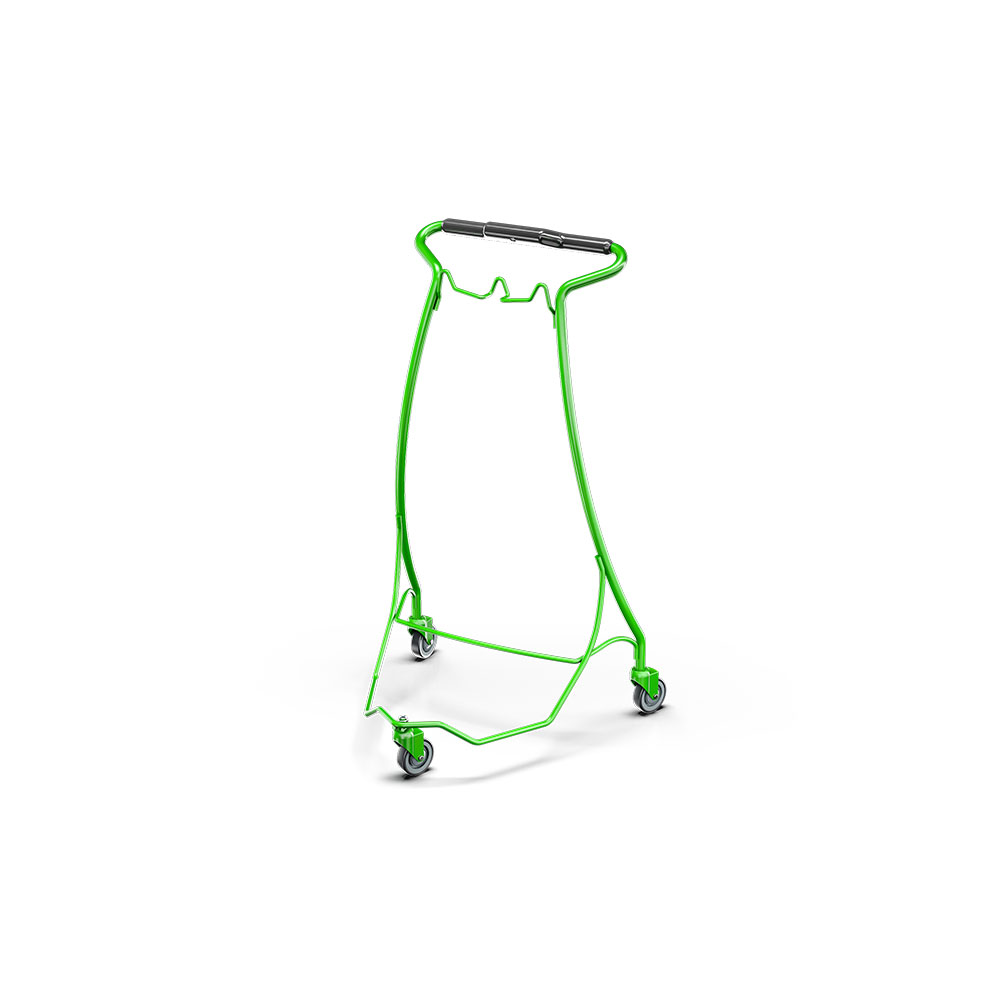Multi
حل معياري بحجم فائق الصغر وسهل الاستخدام، يمكن استخدامه مع عدد من التركيبات الحجمية من 22 إلى 78 لترًا، ويضم مجموعة سلال “بلاستمارك” (Plastimark®) جميعها.
إنَّ هيكل “مَلتي” (MULTI) مصنوع من معدن فائق الخفة، ومطلي كهربائيًا بالزنك عالي الجودة، ومتوفر بمجموعة متنوعة من الألوان.
وهي مُجهَّزة بعجلات محورية بقطر 80 مم، مع مداس مطاطي لا يترك آثر عليه، ويوفر حماية من الغبار.
المقبض المريح المصنوع من مادة البولي بروبيلين قابل للتعديل حسب الطلب، ليتناسب مع اللون والشعار.
وإلى جانب مجموعة السلال، تشكل هياكل “مَلتي” (MULTI) مجموعة “فوربو هايبرد” (FURBO HYBRID) .
صفات
العرض: 600 مم
الارتفاع: 1،030 ملم
العمق: 590 ملم
القدرة على التكديس: 90 ملم
الوزن: 4.80 كجم
3 عجلات قطر 80 مم (محورية)
الألوان
Silver
التعامل مع اللون
● RAL 7043
● RAL 3020
● RAL 5015
● RAL 6018
قابل للتخصيص بأي لون حسب طلب العميل

الحمولة:
1 العربات الكبيرة
616 قطعة
1 × 20 حاو
280 قطعة
1 × 40 حاويةية
560 قطعة

